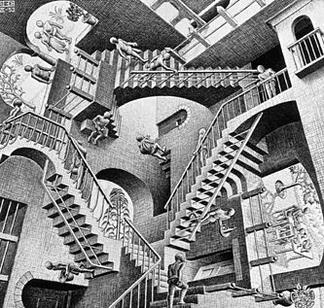Monotype – Pencil to Pixel
(posted by Yiannis Papadopoulos on November 20, 2012)
This is the name of the exhibition that takes place in Metropolitan Wharf till next Friday (23/11) and reveals to the public, rarely seen before treasures of monotype craftmanship.
This is how the exhibition introduces itself.
Here are some of the presented artifacts
Albertina, by Chris Brand 1961
Centaur Italic (Arrighi) by Frederic Warde, Circa 1929
Gill Sans Ultra Bold (Sans Elefans) by Eric Gill, 1933
Pastonchi by Eduardo Cotti and Francesco Pastonchi, 1927
Centaur by Bruce Rogers, 1914
Perpetua Italic, by Eric Gill, 1928 – 1933
9pt. Monotype Times New Roman 1931
Neue Helvetica photographic masters cut in Rubylith, 1983
Photographic matrices for the Linofilm Europa, 1970
Typical brass matrices for a Linotype hot-metal caster
Typical brass matrices and matrix case for a Monotype hot-metal caster
Brass pattern plate for Linotype Alte-Schwabacher
Copper Pattern plate for 6½pt. Monotype Peninim (Hebrew)
Aerial view of the Monotype Works, circa 1973
Photograph of the Monotype Works in Salfords, Surrey, circa 1923
Silver Trowel used to lay the first brick for the Monotype Works, 3 July 1899
Monotype Newsletter 27, 1936
Monotype Newsletter 52, 1957
Brochure for “Monotype” Photolettering Machine Mark 2, 1969
The artwork produced for the Times, takes a special place in the exhibition
Here are some pictures of the place where the exhibition is carried out, place which contributes substantially into making “pencil to pixel” a unique experience.
Visiting “Pencil to Pixel” is absolutely recommended! It establishes a certain way of viewing the monotype craftmanship, a more respectful one.































































